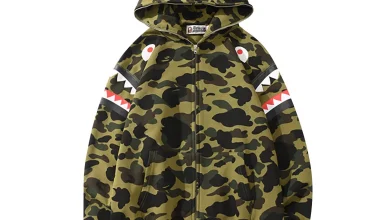The “Darkness Hoodie,” a pullover also sold at the museum, is
where we see the relationship between this “powerful discourse of feeling”
and the violence it presumes to protect us from, The Hoodie and the Hijab For Men
even if the cheese plate is an obscenely vulgar symbol of bourgeois aspirations and capitalist consumption.
The “Darkness Hoodie” is a pullover that is exclusively available in black and with the slogan “In Darkness
We Shine Brightest” repeated to resemble the original WTC Towers.
The same sentence is written in blue beside the picture of the towers. Of course, a “Darkness Hoodie” has a violent irony to it. call me if you get lost hoodie
Unlike the cheese plate, which is a symbol of dinner parties, elitism, and a particular kind of “privilege,”
and supposedly “neutral” as a way to display and identify one’s American pride, citizenship, and feeling. And in a society
where the hoodie has come to represent racial terror and violence — think of Trayvon Martin’s hoodie or the widely accepted image of urban
America — its purported neutrality and lack of scariness betray a fundamental reluctance to face these emotions head-on. The Hoodie and the Hijab For Men
hoodie Fashion
As reinforcement for the several hooded Trayvon labeled as “homegrown terrorists,”
the war has produced new figures of horror in black hoods, like the hooded men of Abu Ghraib and the ladies in black hijabs in need of rescue.
W.J.T. Mitchell has dubbed this process “cloning terror.” According to Sohail Daulatzai,
the Darkness Hoodie on sale at the National September 11 Memorial Museum is the evil twin of a blackness construction
that “marks racial others as unruly populations that demand detention, deportation, and even death.”
James Baldwin attested to this system of government in his 1985 book
Evidence of Things Not Seen, which had effectively turned his existence in America (and many others) into a “terror.” The Hoodie and the Hijab For Men
The only thing I could recall of my existence in America (before I fled home!) was horror. […] callmeifyougetlost
(which cannot be imagined), never sleeps. … [T]The fear of death cannot compare to the vividness of horror.
The Branded Clothing
Baldwin has seen thousands of people being monitored, terrorized, and slaughtered. He was always being watched over because of the threat he was seen to represent,
especially by J. Edgar Hoover. A 1,884-page dossier containing information about “Baldwin’s education,
military status, residences past and present, criminal record, publication history, bank records, and every other detail of his behavior
and opinions that could be unearthed” was compiled by the FBI between 1960 and 1974.[1]
He was described by Hoover as “that well-known pervert” and by the FBI as “dangerous,” a “nervous, slight,
almost fragile figure, filled with frets and fears,” and “that well-known pervert.
“[2] According to In F.B. Eyes: How Ghostreaders for J. Edgar Hoover Framed African American Literature,
voluminous
In his voluminous and captivating study of the FBI’s role in influencing, criticizing, and reading African American literature, William Maxwell claims that “it took the Bureau’s documentation of copious stop notices, however, to produce a nearly real-time file record of Baldwin’s international movements.”
For instance, the FBI got real-time warnings on Baldwin’s movements between September 1967 and April 1968 between London, Montreal, New York, Los Angeles, and Paris,
occasionally verifying his precise seat assignment, arrival time, and “more permanent coordinates” after he reached Harlem. Both people feared and rejected
the threat Baldwin posed. Baldwin recognized that the FBI’s campaign against black cultural and political life was an anti-terror campaign, whose strategies he would outline 30 years prior.





